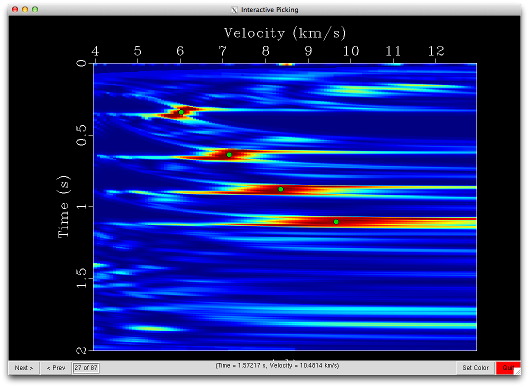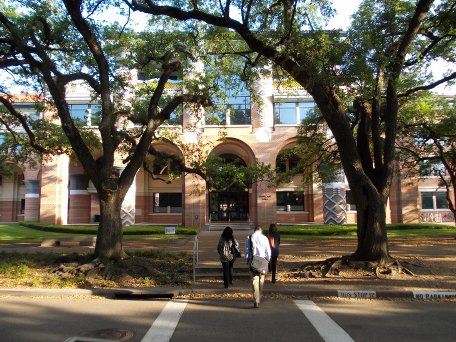A new paper is added to the collection of reproducible documents:
Fast algorithms for elastic-wave-mode separation and vector decomposition using low-rank approximation for anisotropic media
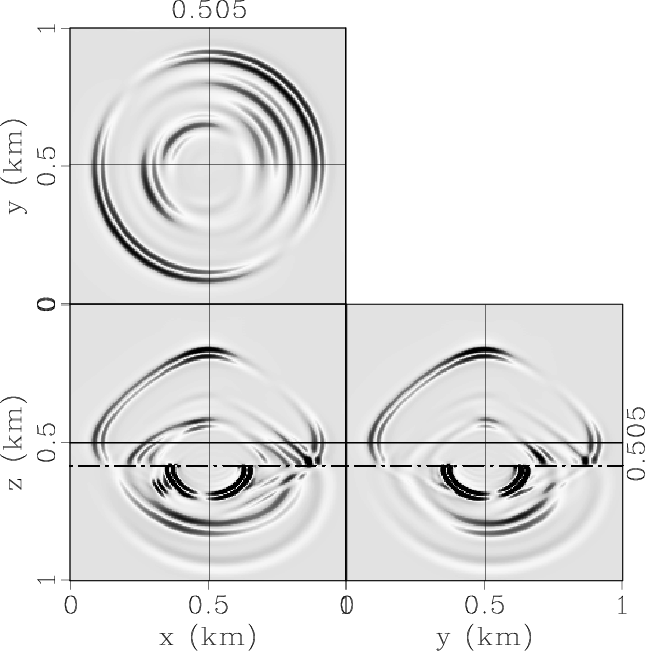
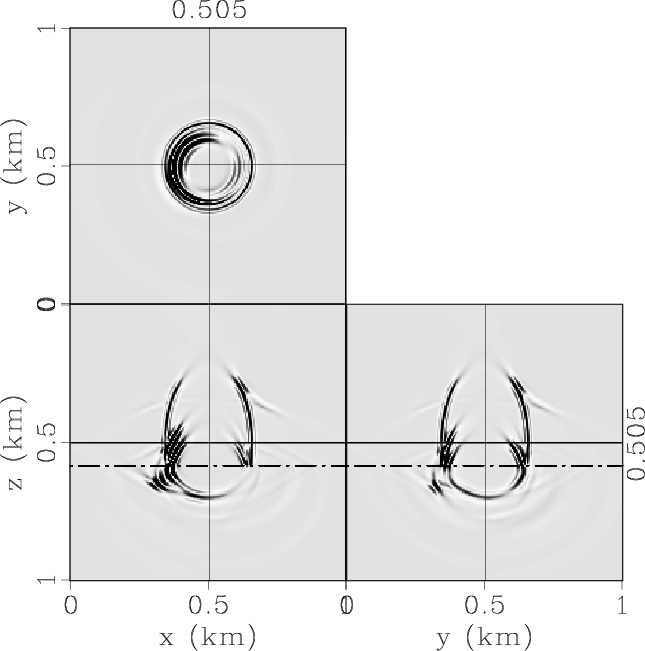
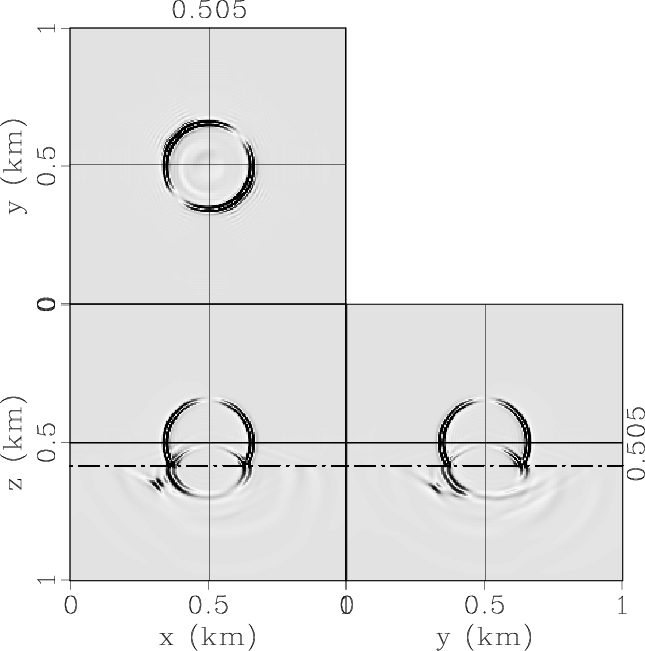
Wave mode separation and vector decomposition are significantly more expensive than wavefield extrapolation and are the computational bottleneck for elastic reverse-time migration (ERTM) in heterogeneous anisotropic media. We express elastic wave mode separation and vector decomposition for anisotropic media as space-wavenumber-domain operations in the form of Fourier integral operators, and develop fast algorithms for their implementation using their low-rank approximations. Synthetic data generated from 2D and 3D models demonstrate that these methods are accurate and efficient.
